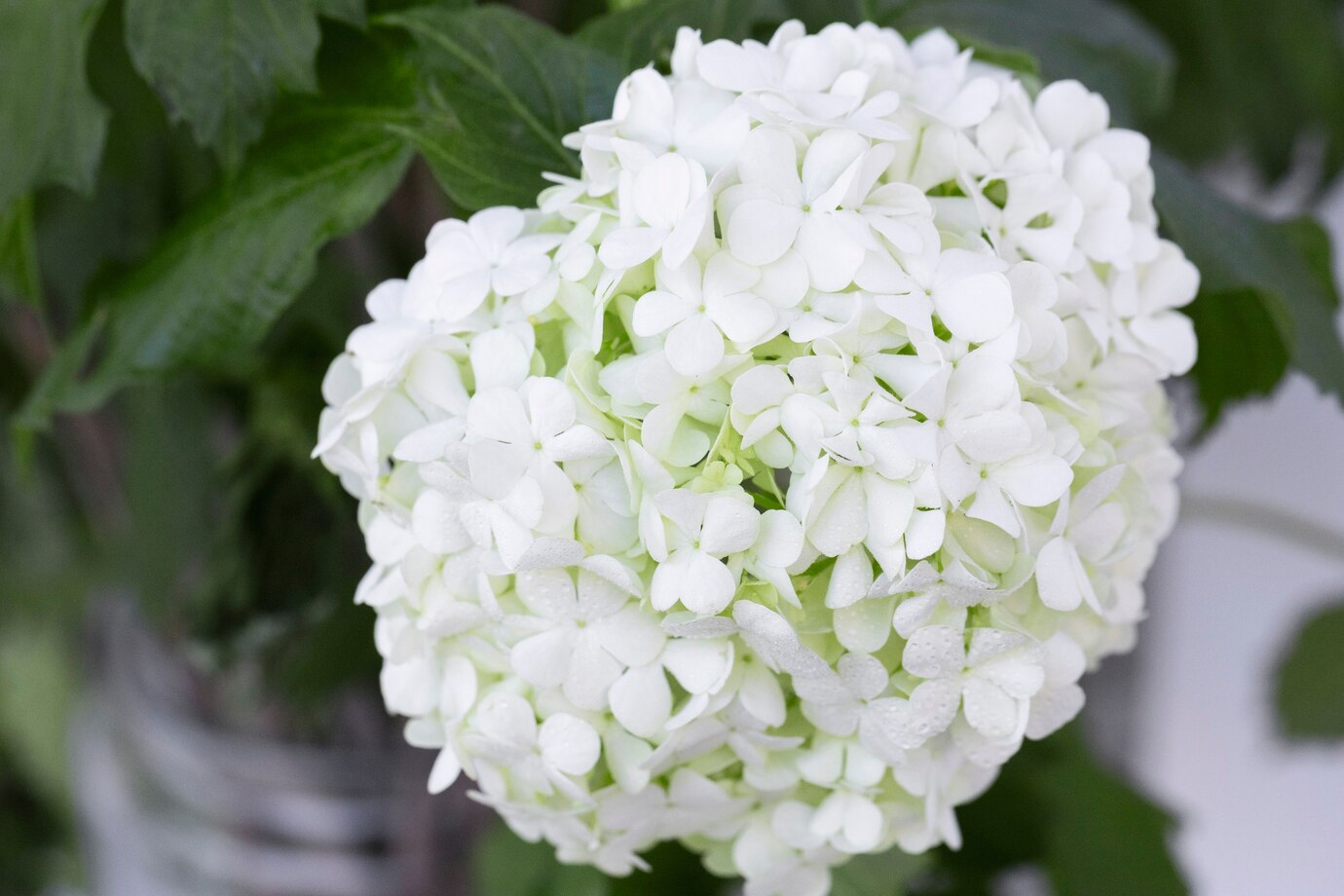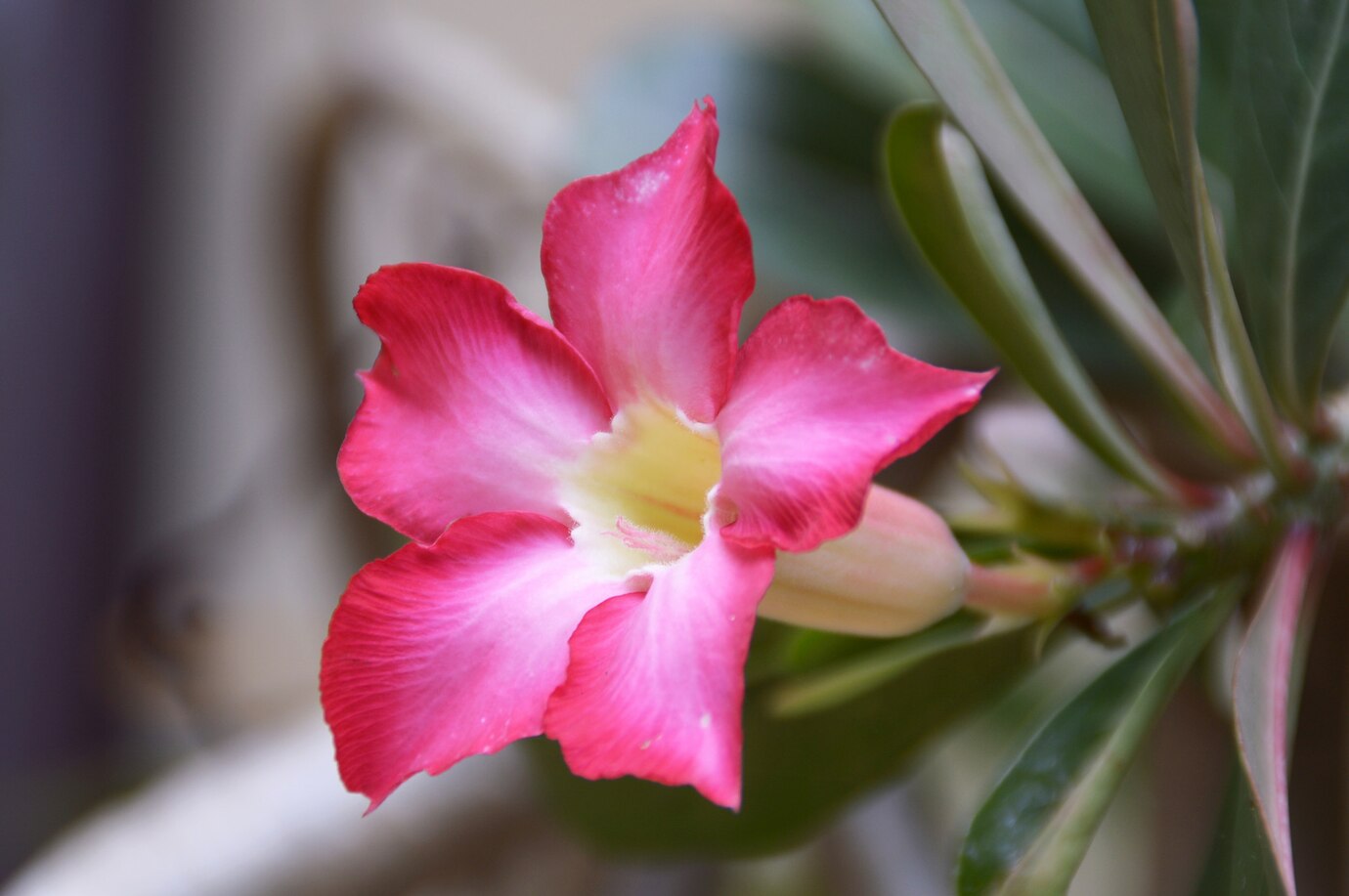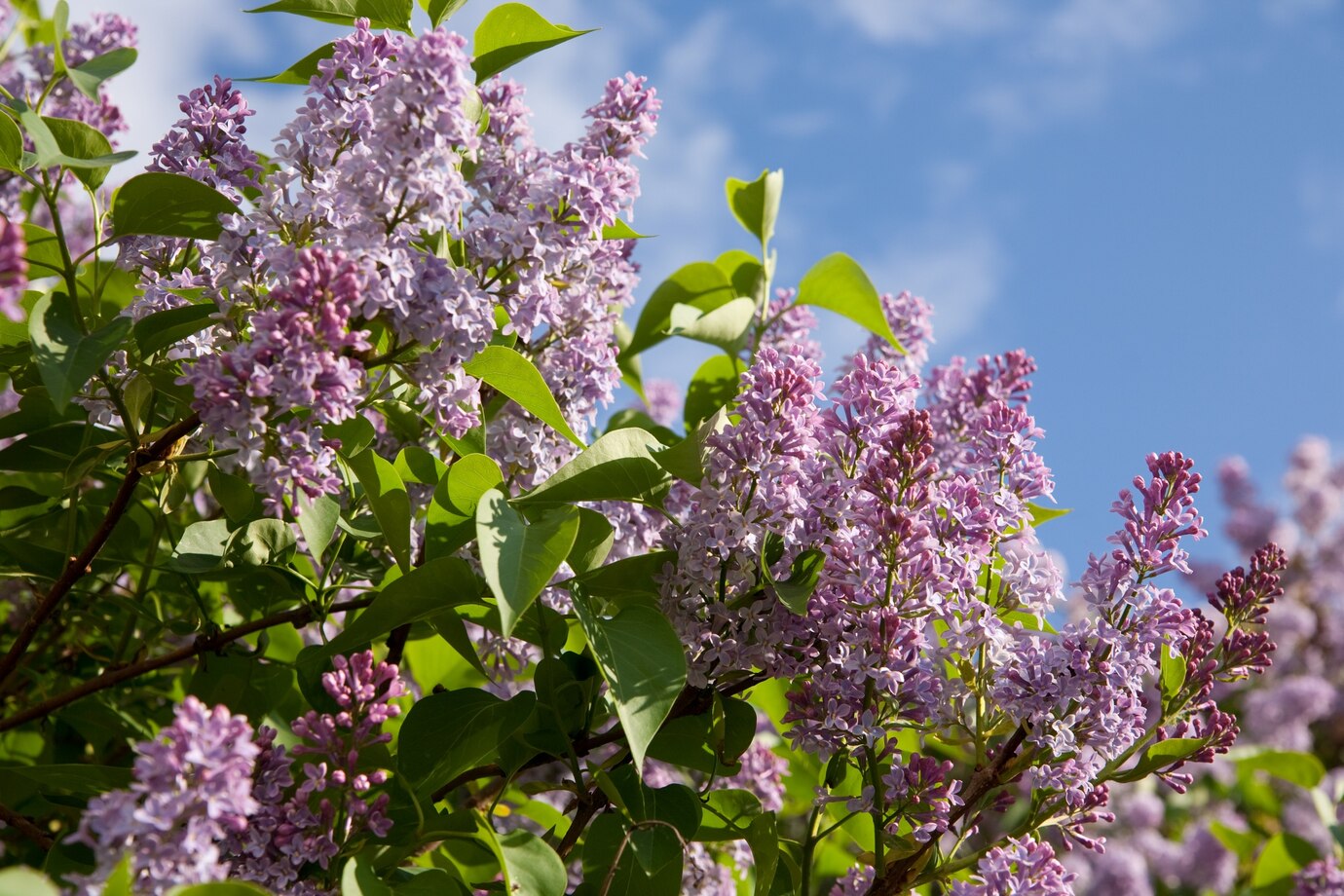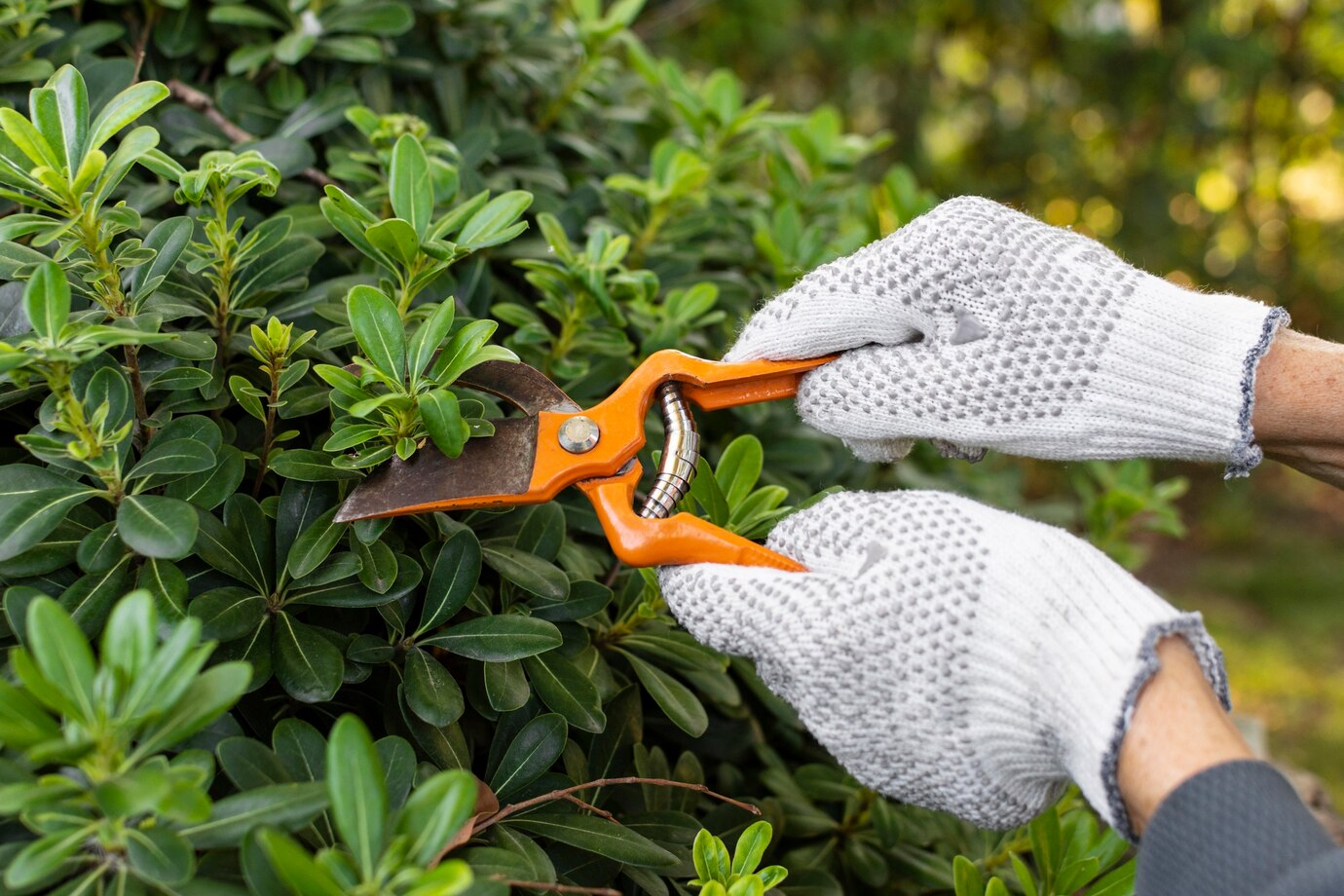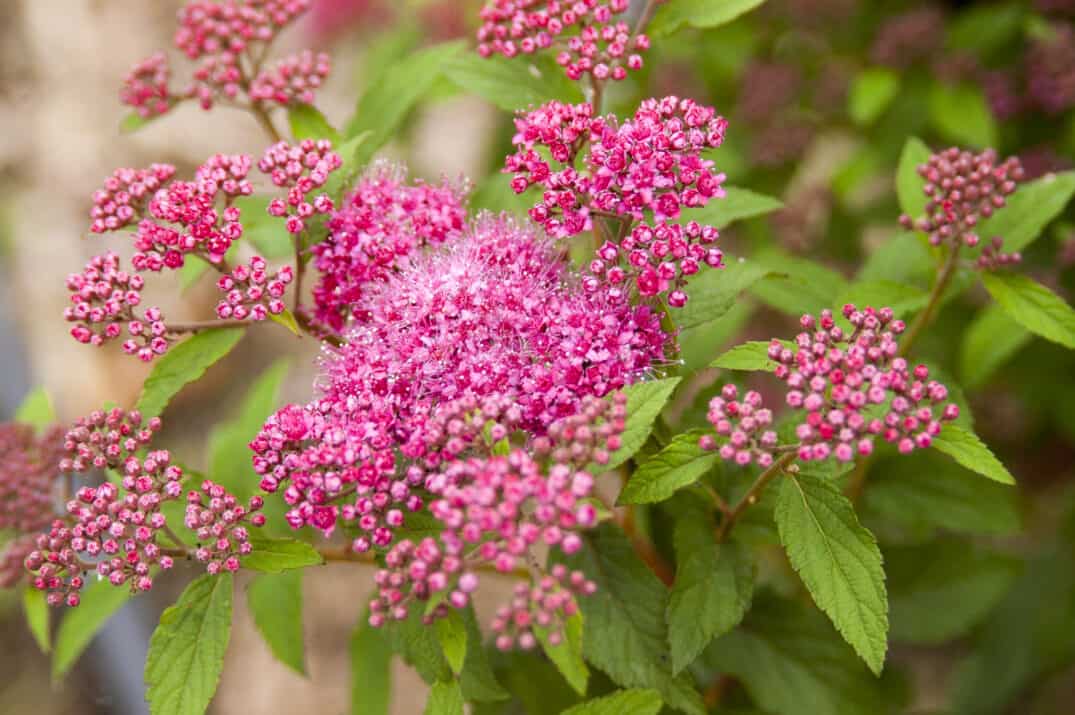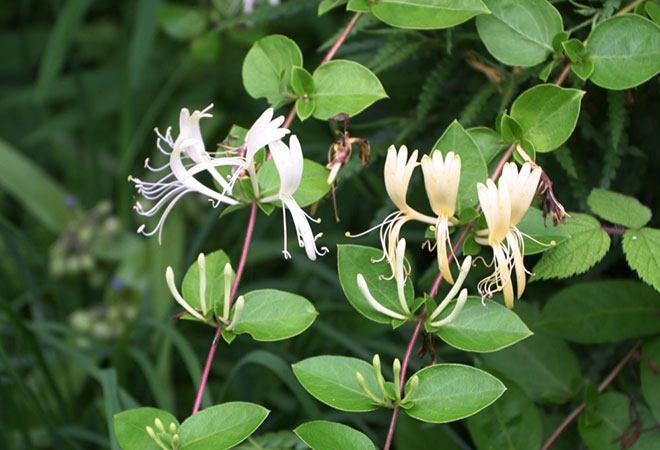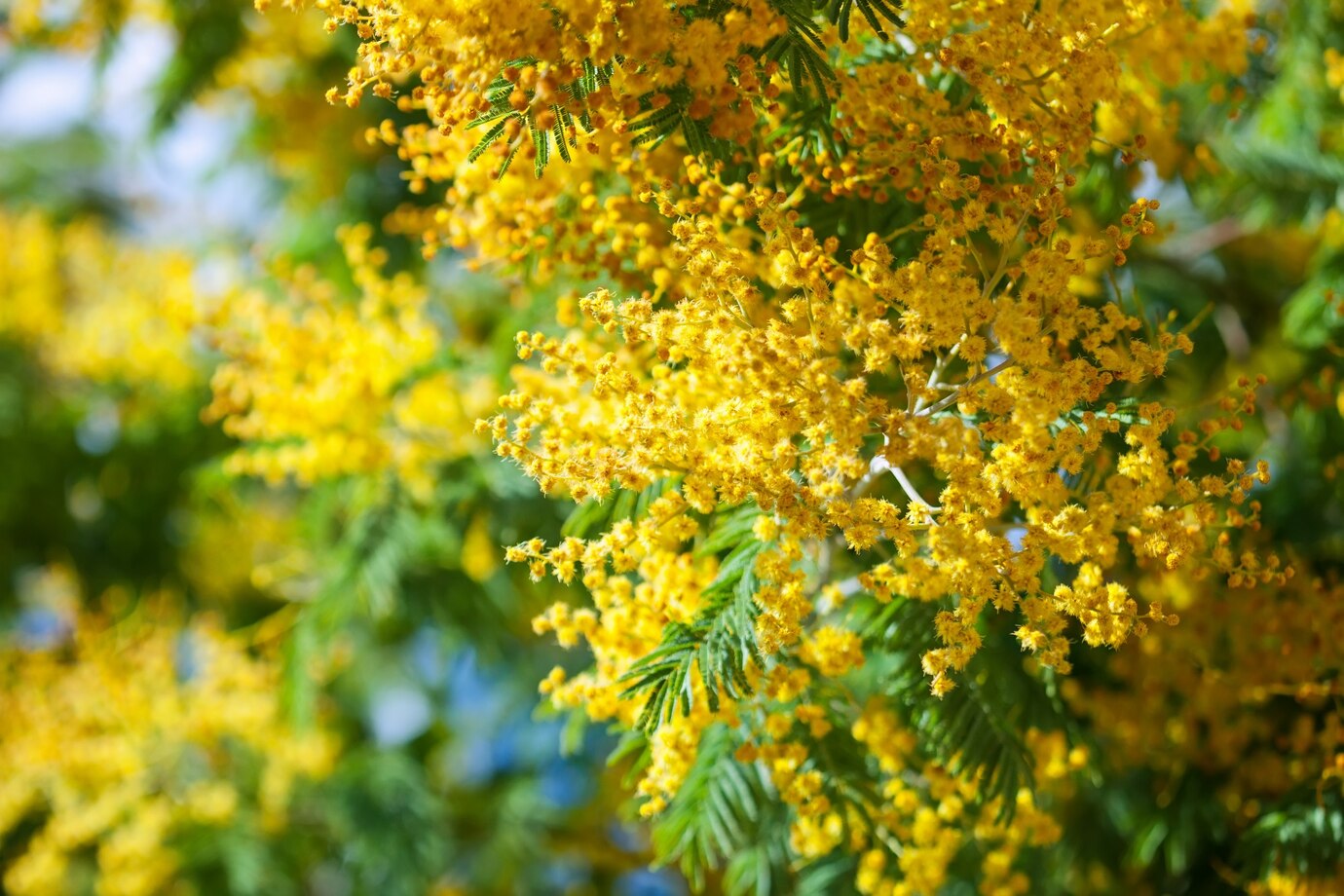Ceanothus, also known as ‘California Lilac,’ is a striking and vibrant perennial shrub. Its bold, abundant flowers are often seen in shades of blue, though white and pink types can also be found. This impressive plant thrives easily in UK gardens.
Table of Contents
ToggleWhat You’ll Need to Grow Ceanothus
To grow and care for Ceanothus, you will need:
- A spade.
- A garden fork.
- Gloves.
- Manure or other well-rotted compost.
How to Plant Ceanothus
Hold off planting until spring, once the soil starts to dry out after the damp winter season.
- Use a spade to create a hole that’s twice as wide as the Ceanothus rootball and just a bit deeper.
- Gently loosen the soil at the base with a garden fork.
- While wearing gloves, mix in a generous amount of organic manure. It helps improve drainage and adds essential nutrients to support healthy root growth.
- Set the Ceanothus in the center of the hole, refill with soil, and gently press down to ensure the roots are well connected with the soil.
- Give it a thorough watering and let the plant settle in.
Where to Plant and Place Your Ceanothus
Ceanothus adapts well to different garden styles and settings. Choose a sunny spot with enough room for the plant to reach its full size at maturity.
While compact varieties can be planted in large containers, Ceanothus generally thrives best in the ground. You can grow it as an individual shrub, in borders, as spreading ground cover, or even as a relaxed hedge. It also works beautifully against a south-facing wall or is shaped like a climber with the help of support structures.
Although you can grow Ceanothus from seed, it requires a bit of patience. Seeds must soak overnight and be chilled at 1°C (34°F) before planting. Propagating from softwood or semi-ripe cuttings is a simpler and more reliable method.
How to Care for Ceanothus
Ceanothus are hardy and adaptable, thriving in a variety of climates. However, they need plenty of sunlight, and full sun helps boost their flowering potential. These plants prefer dry, well-drained conditions and should be sheltered from harsh winds and frost.
When planting, enrich the soil with organic manure. Feed the plant with a well-balanced slow-release fertilizer each spring to support healthy growth.
Young Ceanothus plants need regular watering until they’re well established. Once mature, they usually only require water during arid summers.
Deadheading isn’t essential, but pruning once a year helps maintain shape, especially for hedges or trained forms. Make sure to secure climbing varieties to their supports.
Prune those that bloom in spring and early summer right after flowering. If your Ceanothus flowers later in the season, do the pruning in spring. You can prune fairly hard by cutting back shoots by half their length. These trimmings are ideal for propagating new plants.
Common Pests and Diseases
Ceanothus are typically hardy and resistant to most pests and diseases, but there are a few issues worth watching.
Scale insects may sometimes appear, usually attaching themselves to the underside of leaves and feeding on the plant’s sap. Healthy, mature Ceanothus can tolerate a small infestation, and natural predators like ladybirds and birds often keep the population in check.
A more serious concern is honey fungus, a destructive disease affecting many perennial plants, including Ceanothus. If you spot fungal growth on the woody stems and confirm it’s honey fungus, the only effective action is to remove and destroy the infected plant parts. Never compost any of the affected material. Since this disease spreads underground and between plants, early detection and prompt removal are essential.
Frequently Asked Questions
Does Ceanothus grow in shade?
Ceanothus can tolerate partial shade, but it won’t bloom as generously as it does in full sun. For reliable, vibrant flowering each year, a sunny position is best.
Is Ceanothus a climbing plant?
It can be trained to climb. Opt for a variety that grows more upright than spreading, then support it with a trellis or wires. Prune and tie in shoots regularly to guide its shape and help it climb effectively.
Why is my Ceanothus turning yellow?
Yellowing leaves often indicate nutrient deficiency in the soil. Applying a balanced, slow-release fertilizer in spring can help improve the plant’s health and bring back its vibrant color.


